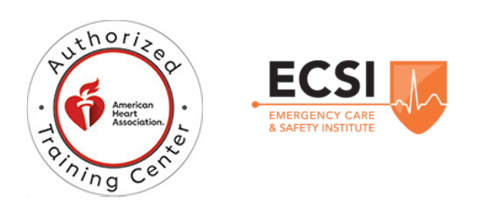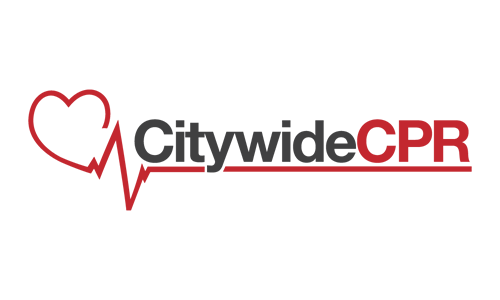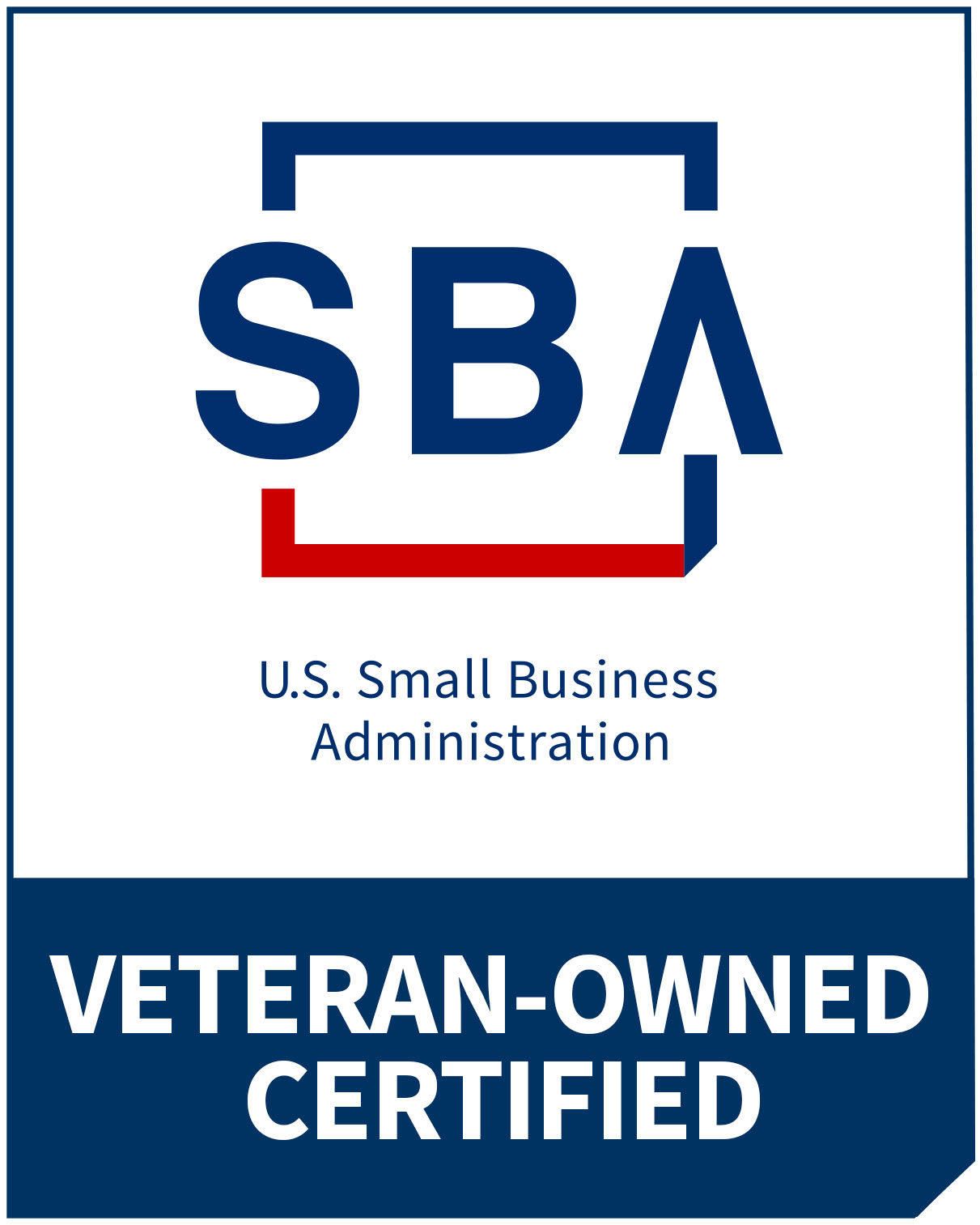CPR or Cardio Pulmonary Resuscitation is one of the most popular life-saving techniques that is taught throughout the world. It is mainly used to revive a person who has stopped breathing or is suffering from a stopped heart. Many lives have been saved thanks to the knowledge of this maneuver, so learning how to perform this can be very beneficial during emergencies.
Cardiopulmonary resuscitation is the performance of repeated chest compressions to manually restart breathing and the pumping of the heart. An optional action of breathing air into the victim’s mouth is done to input air into the lungs of the unconscious. Both these actions are done not necessarily to restart the function of the heart and the lungs, but to simulate the flow of blood and air so as not to cause lack of oxygen-carrying blood to the brain, as to delay and possibly avoid the death of the tissue involved. The delay of this phenomenon can possibly save the life of a person, so starting CPR right away upon detecting lack of breathing or a pulse is highly encouraged and advised.
The effectiveness of CPR is undisputable, with most cases of surviving victims of cardiac arrest attributing their revival to quick action of resuscitation as the foundation for further professional help. The professionals are in charge of defibrillation – the delivery of an electric shock to eventually restart the heart- and advanced life support which could depend on the type of illness that the victim has encountered. Advanced life support can include the administration of oxygen via a mask, as well as the introduction of medication such as adrenaline into the patient’s bloodstream.
Administering CPR, especially for the untrained and uninitiated, may cause complications, although it is understandable that these events happen thanks to the proliferation of misinformation in public. There is a misconception that unless you hear bones breaking, you’re not doing it the right way. In truth, professional CPR does not involve bones breaking, and is done to further avoid damage. Even so, the public has absorbed this information and the untrained perform CPR willingly with this knowledge, causing rib fractures and pierced internal organs due to the amount of force exerted. There are also different factors that affect complications. In one example, statistics show that women experience rib fractures more often than men. Ultimately, it all depends on the ability of the person performing CPR.
Getting to know how to perform CPR is a noble, yet easy task. There are a lot of centers and organizations that are more than willing to train people for free when it comes to learning CPR and other forms of basic first aid. One only has to search online for the nearest training facility or program to get started in learning CPR to be able to help in the event of any emergency requiring basic first aid. For those truly interested, applying for paid trainings is the best bet, as it is more immersive.
Artificial respiration and chest compressions can be the critical factor, the make-or-break, of a victim’s life. Any and all persons knowledgeable of CPR should always step up to the call of someone in need, so as to save their lives.





